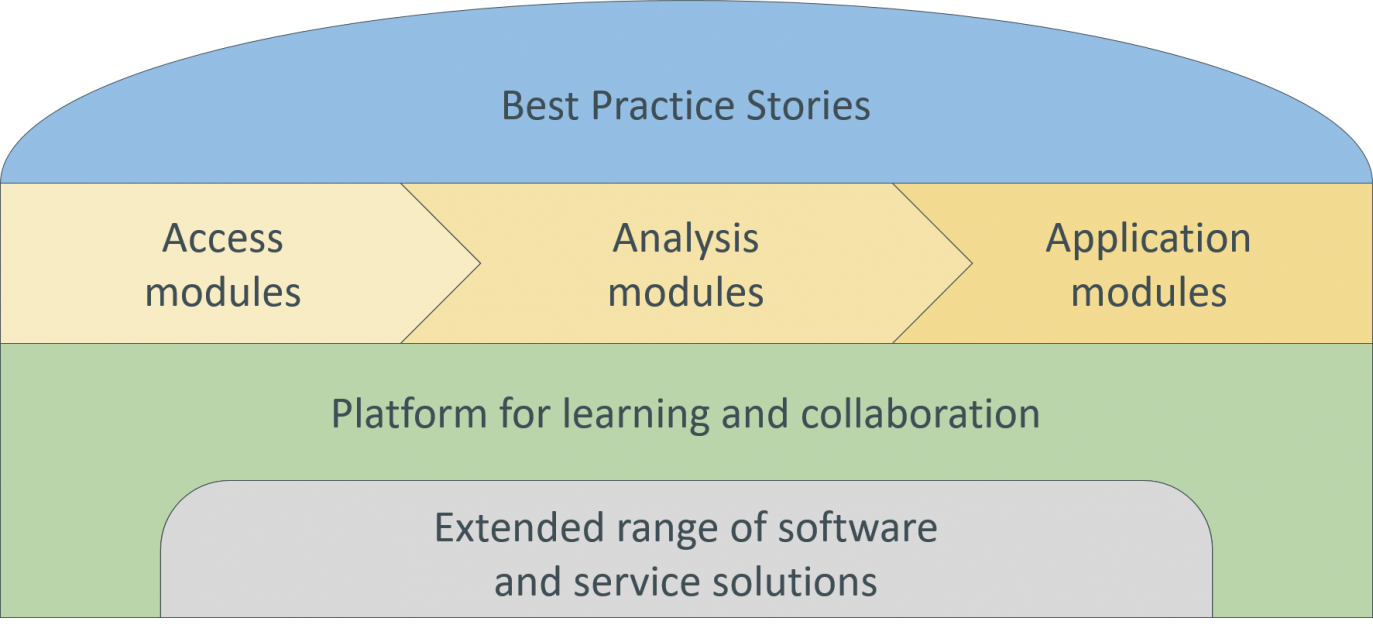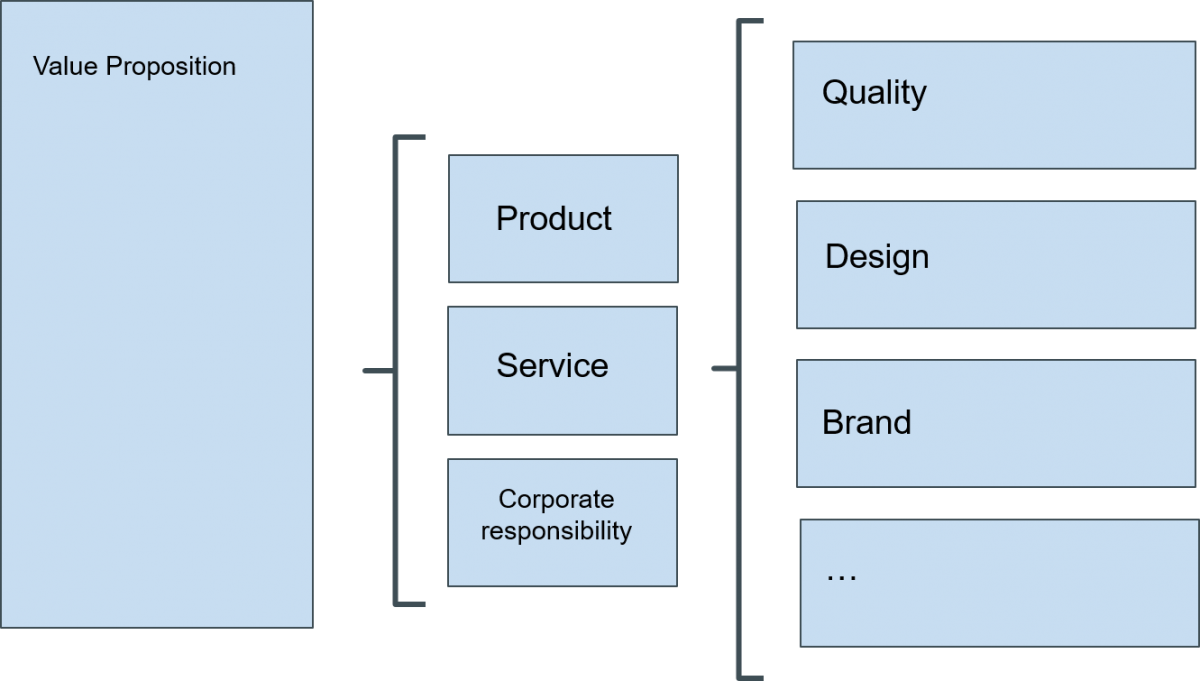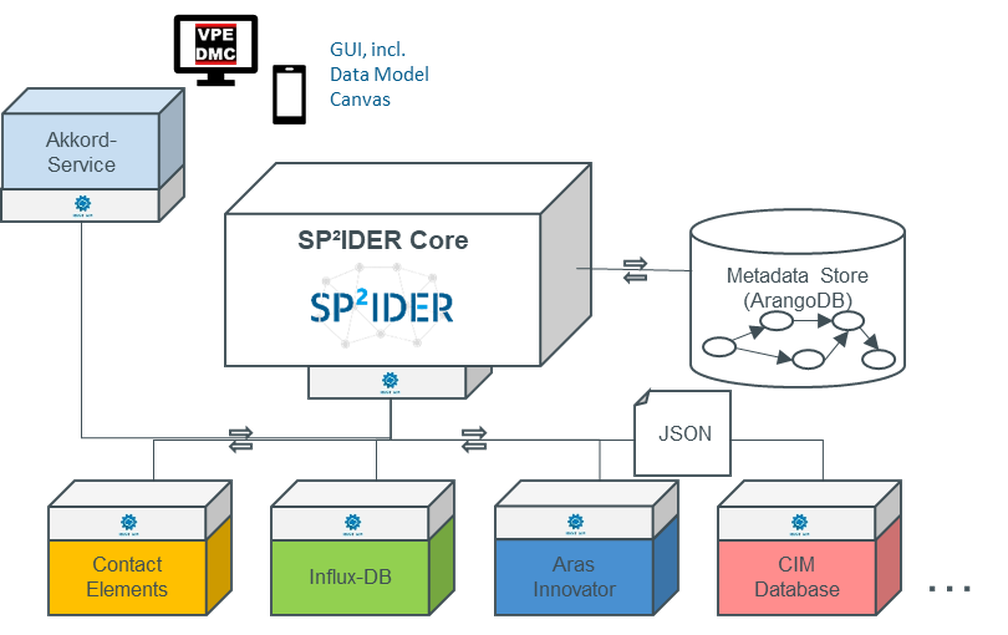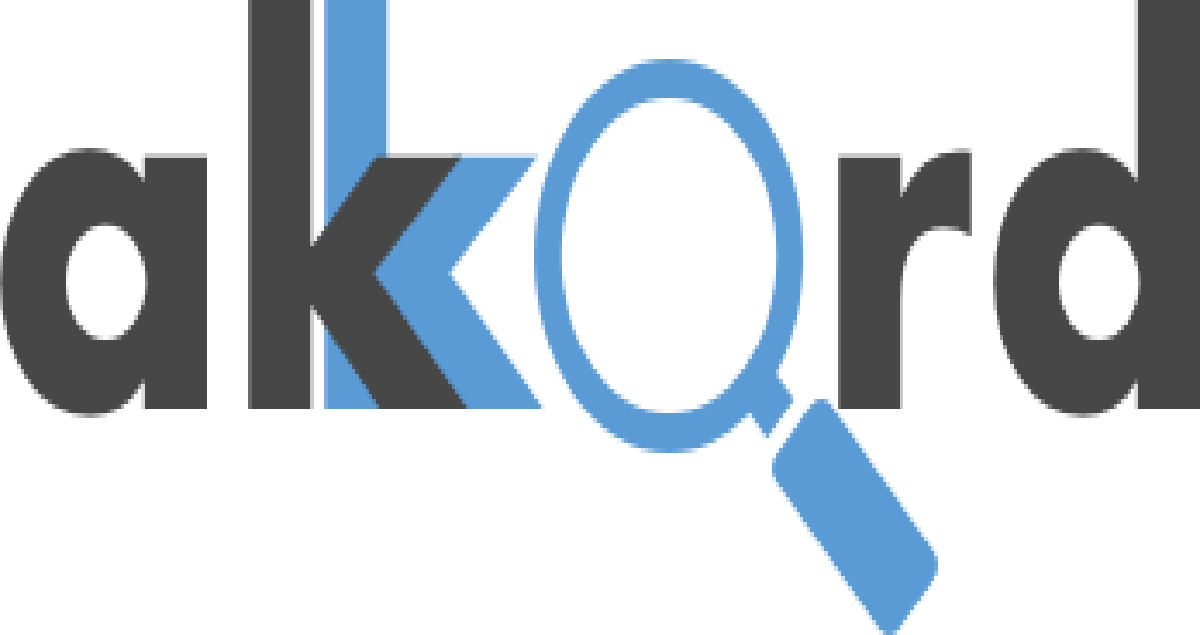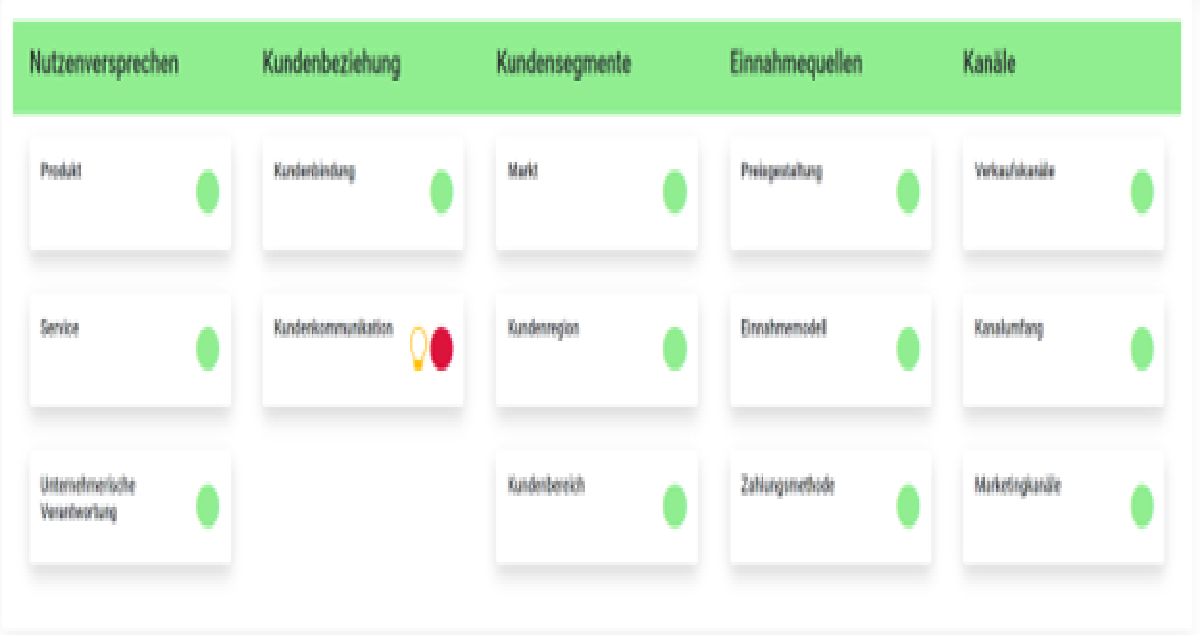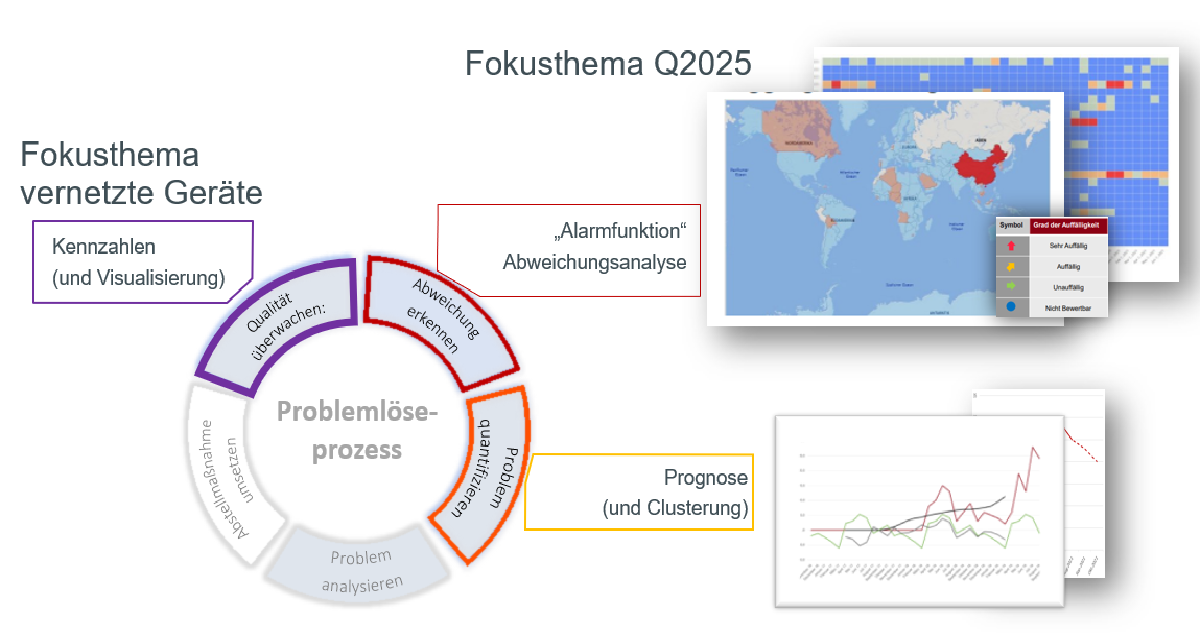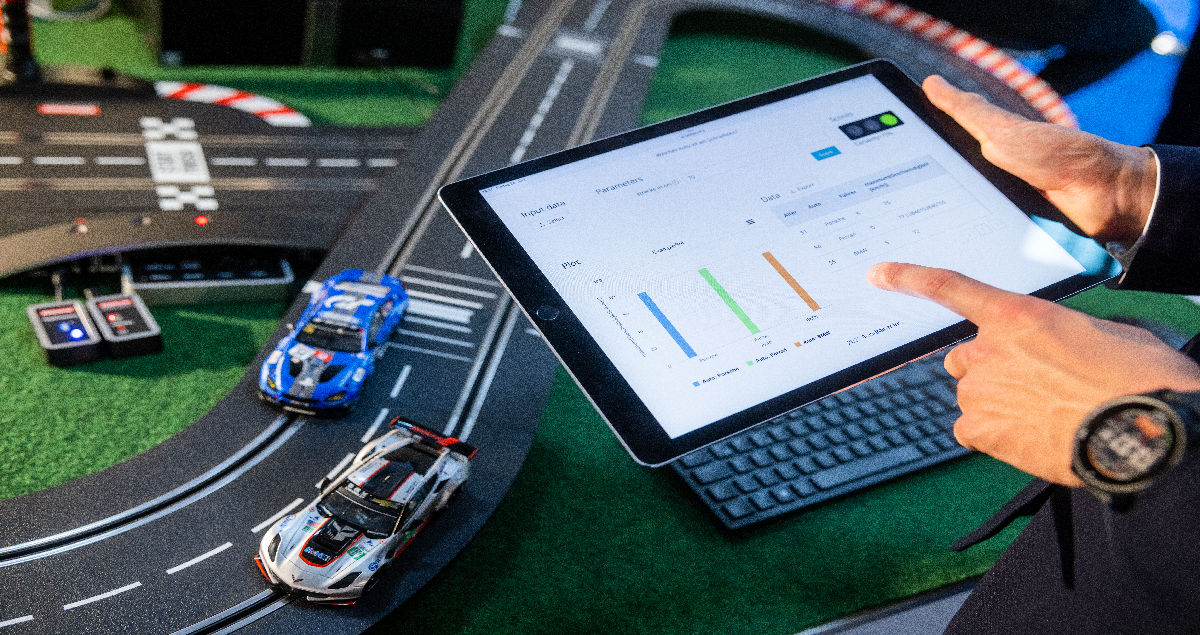Third work report from the research area “Development of new collaboration options and business models” – Benefits of business model patterns and collaboration in business model analysis
In this research area, concepts and solutions for collaborative business model development and adaptation based on data analysis are developed. A conceptual elaboration was developed together with the application partners, which serves as a basis for the functional design of the research area. In close cooperation with the application partners, prototype artifacts are developed that serve for the scientific evaluation of the concepts and as a basis for the implementation of software solutions.
A contextual classification of the work in the reference toolkit
The research area „Development of new collaboration possibilities and business models” is a focal point in the research project AKKORD. The first work report from the research area “Development of new collaboration options and business models” locates the work in the overall project and shows the implementation concept of adapting the business model based on online assessments. The second work report treats the adaption of business models using internal process data. The following graphic shows the AKKORD reference toolkit with colored highlighting of the process chain of data analytics as well as the collaboration aspects concerning the topic of business models, which are anchored in the collaboration platform. In this context, the work on evaluating process and online assessment data for the business model belongs to the process chain of data analytics.
Figure 1 Classification in the AKKORD reference platform
Current work status in the research area
Following on from the work carried out in the first work report of work package 3, the data analysis based on online assessments was further expanded. This is being done in close cooperation with the application partners Miele and Erco. A mapping of relevant categories related to the customer view based on online data as well as the company view for the business model offers both an alignment of terminology, e.g. revenue from the company view and price from the customer view, as well as a detailed breakdown of different customer-relevant categories. The following figure provides an example for the “Service” category in the “Value proposition”.
Figure 2: Subdivision of the block value proposition into categories
After dividing all customer-centric blocks within the Business Model Canvas, the data analyses from Use Case 7 can be used to depict corresponding assessments of customers in the business model. For this purpose, relevant websites with product reviews are crawled and mapped to the business model blocks and categories using Natural Language Processing and post-processing. In the prototype from Use Case 7, the business model categories are then displayed in colors (red – predominantly poor evaluations, yellow – mixed or predominantly neutral evaluations, green – positive evaluation). In the case of critically evaluated categories, appropriate measures can be taken. Thus, a critical assessment within a customer block often has an impact on the rest of the business model, including internal factors such as processes or resources. In order to provide users with initial support in adapting the business model, so-called business patterns are used. Business Model Patterns are reusable architectural components of a business model that can be used when creating a new business model. Depending on the critically evaluated business model category, different business model patterns can be proposed to adjust the offer. These are visualized in the prototype with a light bulb as soon as a category has been classified as negative by the data analysis.
Collaboration aspect
Business models can be jointly developed by different companies, e.g., within the framework of a cooperation. In any case, different departments, stakeholders, and responsible persons within a company are involved in a business model. Bringing these groups together, looking at the relevant aspects of each of them and making decisions transparent to other departments is a challenge. It is important that the participants have a basic understanding of the business model, which is ensured in the AKKORD project by the basic lesson on the topic of business models. Communication between stakeholders is ensured by the collaboration platform within the work&learn platform. There, participants with different views and references to the business model can exchange ideas and share their expertise. Different roles such as data analyst, change manager or domain expert, among others, can network there.
Summary and outlook
In the research area, business model adaption is examined by using data available online on the customer’s point of view. Within the prototype, the analyzed data is graphically processed and made available to the user. In critically assessed areas, recommendations are made by using business model patterns. In a further step, the Change Methods developed by mosaiic, for example, can be used to sustainably adapt aspects of the business model. Knowledge about business models as well as collaboration in teams is realized via the work&learn platform of Neocosmo.

